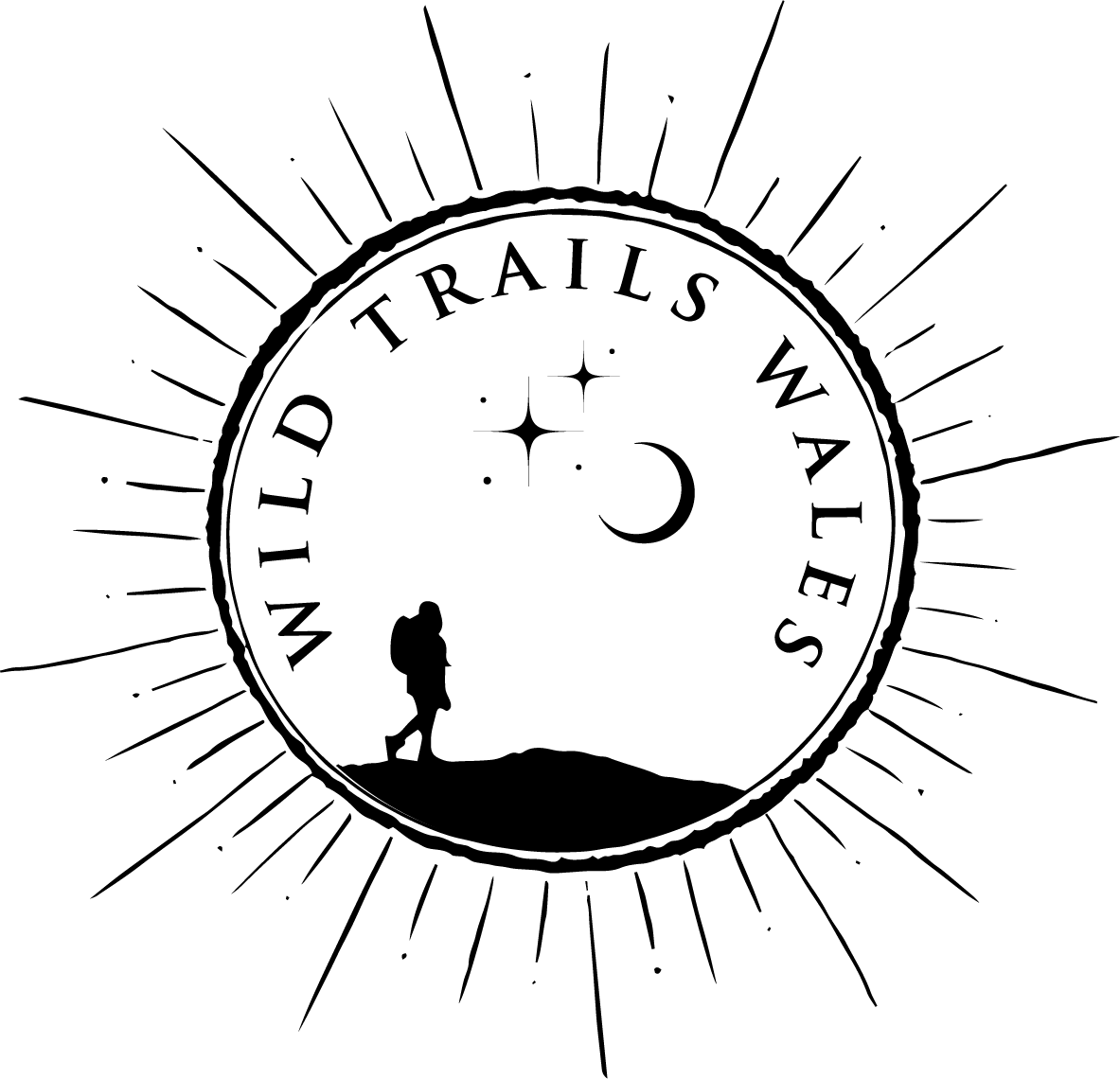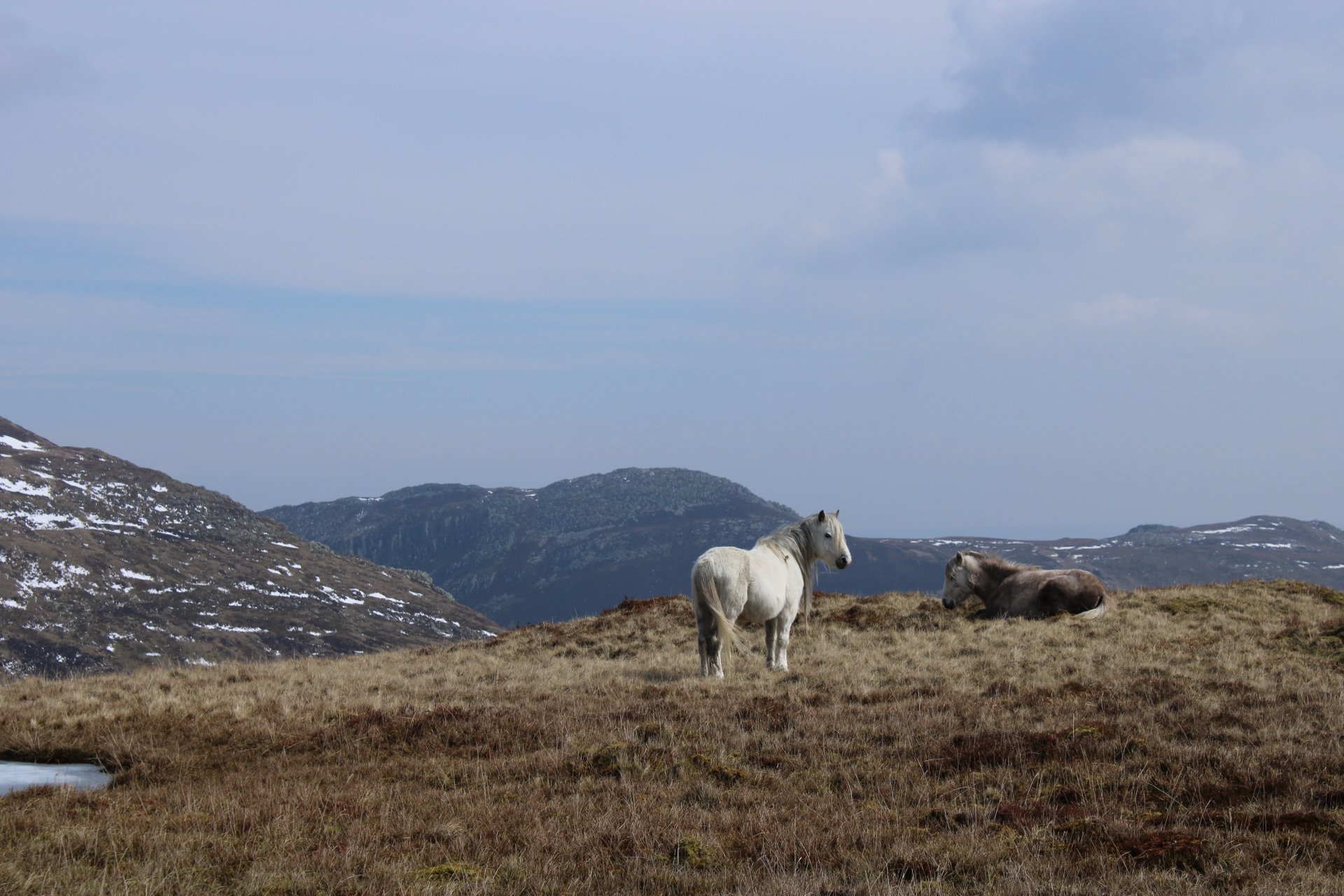Wild Trails Wales Guide: Welsh Wildlife and Where to Spot it.
Wales is well known for having beautiful landscapes, rich culture and historical sites on every square of the map, but invariably, guests on our hiking trips want to know what wildlife can be seen whilst walking in Wales. While having hunted many of our most exciting predators and large species to extinction means that Wales can’t compete with the likes of Kenya, Sri Lanka, Indonesia or Costa Rica for thrilling wildlife encounters, the wildlife we do have in Wales is well worth exploring.
Here’s a quick guide to some of our wildlife species, and where and when to walk to have the best chance of spotting them:
The iconic Red Kite
Birds of Prey
Wales has several species of birds of prey. Perhaps the most symbolic is the Red Kite, which now thrives here despite being near extinction at the end of the last century. Walk in the Black Mountain area of the Brecon Beacons, near Tregaron, Llyn Brianne, Elan Valley and Rhayader in the Cambrian Mountains for a good chance to spot them - easily identified by their distinctive red colour and forked tail. Buzzards and kestrel are frequently encountered on farm or common land. Peregrine Falcons, the fastest bird in the world, which can reach speeds of up to 200 mph while diving, can be spotted along cliffs, and in craggy mountainous areas or disused quarries. Look for them on the Glamorgan Heritage Coast, Pembrokeshire Coast Path particularly between St David’s and Strumble Head, and in the slate quarries of Snowdonia.
Otter
Named dwrgi - ‘water dog’ in welsh, the fortunes of otters have been perilous over the years, with pesticide use and waterway pollution directly linked to their decline. A great place to look for otter is around the lily ponds on the Stackpole National Trust estate in Pembrokeshire. Other places include the Teifi river in Ceredigion, and the Mawddach and Dwyryd estuaries and tributaries in north Wales. The best chances of spotting them are early in the morning or in the evening, if you are walking quietly and without a dog, which can often scare them off.
Deer
Five species of deer can be seen in Wales. These are the red, roe, sika, fallow and muntjac. Deer can be found in most parts of Wales, but particularly in densely wooded areas such as the Lower Wye Valley, Coed y Brenin, parts of the Cambrian Mountains and the Brecon Beacons. Again, the best time to spot them is at dawn or dusk.
Seal spotted from the coast path
Seals
Seals can be found around the entire welsh coastline. We have two species of seal, the Atlantic grey seal, and the common or harbour seal. Despite the name, it is the grey seal which is most abundant on welsh shores, and are easily spotted along most parts of Pembrokeshire especially near St David’s Head, Strumble Head and Martin’s Haven, and on the Llyn Peninsula near Porth Colmon and Port Oer. Further North, the Great Orme near Llandudno is also a great walk for spotting seals.
Hares
Brown hares are easily distinguishable from rabbits, with long legs, enormous black-tipped ears, and extremely fast paced sprinting. They’re also quite a lot larger than rabbits, and much more exciting to spot (sorry, rabbits!). The best time to spot hares is during the breeding season in Spring. A walk around the Dolydd Hafren nature reserve near Montgomery, or in some of the South Wales Valleys upland areas, such as the Ridgeway Walk around Mynydd y Gaer offer a chance of spotting hares, but be on the lookout in any grassland or arable farmland areas.
Feral goats in Snowdonia
Feral Goats
Descended from goats kept as livestock to graze difficult areas out of reach for sheep and cattle, feral goats can be found, living wild in mountainous areas of Snowdonia. You may easily spot them on the slopes of Snowdon or the Glyderau mountains, or in the Rhinogydd - you may smell them from miles off if the wind is in the right direction!
Dolphin on the Pembrokeshire coast
Dolphins and Porpoise
People are often surprised to know that the coast of Wales is home to healthy populations of dolphins and porpoise. Bottlenose and common dolphins as well as harbour porpoise can be seen frequently from the shores of the welsh coast. The best places to spot them from the shore are at Mwnt, Aberporth or New Quay in Ceredigion; and Strumble Head and along Ramsey Sound in Pembrokeshire, South Stack on Anglesey and Porth Ceiriad near Abersoch on Pen Llyn are good places to be on the lookout in north Wales.
Carneddau ponies
Wild Ponies
Perhaps better described as feral than truly wild, Welsh mountain ponies, and the genetically distinct Carneddau ponies, live a wild life nonetheless; being born, breeding, and dying in the wild with little interference from humans. The best places to see them are on the hillsides of the Brecon Beacons, and in the Carneddau Mountain range.
Puffins
Puffins are arguably the most loved of welsh seabirds, and people will travel for miles on a pilgrimage to spot them when they return to land for breeding each spring. Skomer Island is perhaps the best place for an unforgettable encounter with these charismatic birds, but they can also be spotted from land while walking at South Stack RSPB reserve on Anglesey.
Red Squirrels
Unlike the grey squirrel that are found in parks, gardens and woodland across the country, red squirrels are rarer, shyer and much harder to spot. Anglesey is one of the strongholds for the species, where they can be seen at Newborough Forest and along the Menai Strait. Cloecaenog forest in Denbighshire and around Llyn Brianne in mid Wales are potential places to see Red Squirrels.
Adders
Adders are often feared by the public because of their venomous bite. However, they are extremely shy creatures which you’d be very lucky to get a glimpse of. They’d much rather slither away from humans than attack, and their striking black diamond markings make them a sight to behold. Adders may be found basking in sunny spots along the Pembrokeshire Coast Path, on heathland across Wales, in sand dune habitats such as Merthyr Mawr and Kenfig dunes, Oxwich on Gower and on forest tracks in the south Wales valleys.
Keeping a look out on the coast
Responsible wildlife watching
Wildlife should be exactly that, wild, and human interference can endanger wildlife by altering it’s behaviour or scaring it. Here are a few general tips:
Never feed wildlife
Watch quietly and from a distance, don’t disturb it as this can lead to young being abandoned
Never follow or chase wildlife to try to get a closer look - use binoculars if you’d like to see better
Keep dogs on a lead
Take litter home and pick up any you find
Have you had any exciting wildlife encounters in Wales? I’d love to hear about them. What is your favourite species of welsh wildlife? Please leave a comment below.







